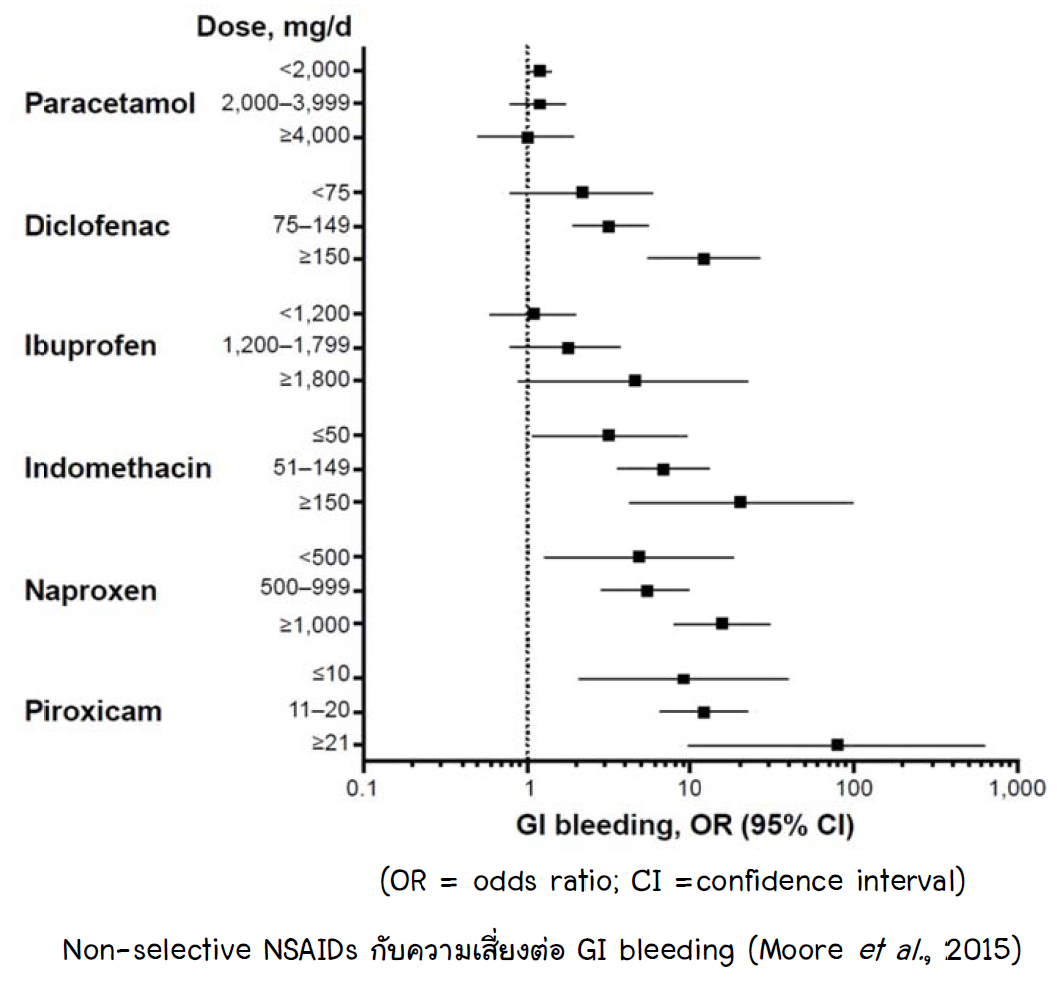Question: How long can the drug for external use in
the emergency room of the hospital (such as a bottle of 450 ml of povidone-iodine,
alcohol, ammonia, gentian-violet) be stored at temperature room after opening
the container?
Answer: Expiration date of pharmaceutical is the
expected time of properties of pharmaceutical will be remained under storage condition as defined
in the Pharmacopoeia. The expiry
date determined by the manufacturer could not be applied as the expiry date of pharmaceuticals repacking in containers that are different from the original.
But another way to calculate an expiration date is beyond use date.
Beyond use date is
the date that pharmaceuticals should not be used anymore. It is used to determine
the age of pharmaceuticals in the following cases.
- Pharmaceutical
formulations are prepared for use in hospital only.
- The
repacking from the container of manufacturer.
- There is
no information about the stability or expiry date of pharmaceuticals. .
The beyond use date
of the pharmaceutical repacking should be given a period of 25% of the rest
from the date of repacking until the expiration date of pharmaceutical product in the
original container defined by the manufacturer, or generally six months after the date of
repacking, by choosing a shorter period of time.
Example: Expiration date on the label that is defined by manufacturer is December 12, 2015. Date opening medication is December 12, 2014. The period from December 12 2014 to December 12, 2015 was a period of 12 months and 25% of 12 months is three months, so the expiration date should actually be three months from the date of opening the container, or it was April 12, 2015.
Pharmaceuticals are generally defined to expire six months after opening the container. But the method which gives the shorter expiry date generally should be selected to determine expiry date more than another method. So the expiry date of this example is three months, not six months.
However, consideration
of the expiration of pharmaceuticals must regard the characteristics of
pharmaceutical products such as changing color, turbidity or precipitation and
etc. Because if external features of pharmaceutical products are changing, although they have not reached beyond-use date specified, the pharmaceutical products
should not be used anymore.
In case of opening
the container of povidone-iodine, alcohol, ammonia, gentian violet, They are determined
the beyond use date, as well as pharmaceutical repacking, as mentioned above. Also
keep these pharmaceutical products in the environment with temperature and
humidity controlled as defined in the Pharmacopoeia or is listed on the label.
If there is no
information about temperature and humidity of some pharmaceutical products, They are generally stored at room temperature that has relative humidity less than 75%,
and they should be kept in their original container and cover tightly when not in
use.
References:
1. Gennaro AR,
editor. Remington: the science and practice of pharmacy. 20th ed. Philadelphia:
Lippincott Williams & Wilkins; 2000.
2. Authority of the
United States Pharmacopeial Convention. The United States Pharmacopeia, the
national formulary: USP 23, NF 18 1995 / United States Pharmacopeial
convention. Rockville (MD): The United States Pharmacopeial convention; 2000.
